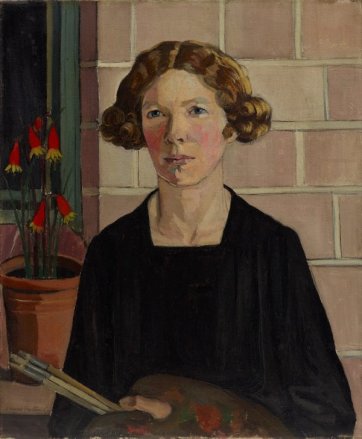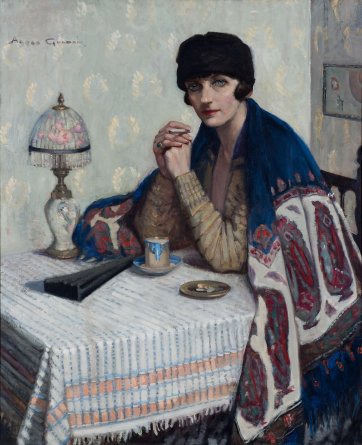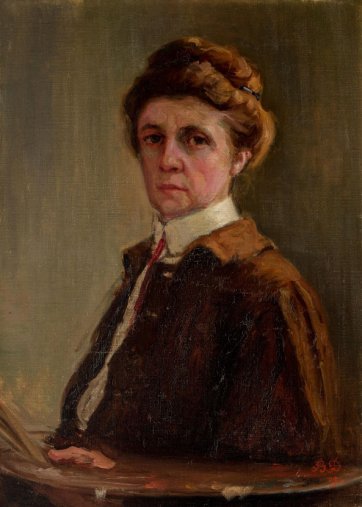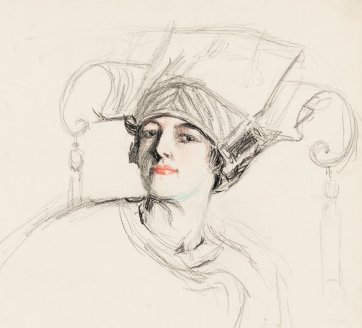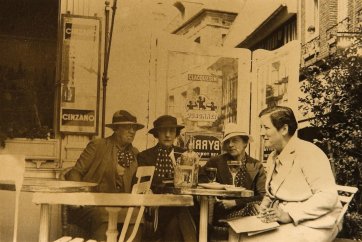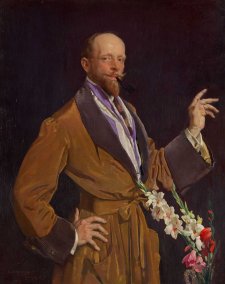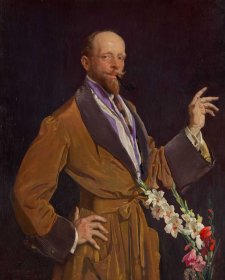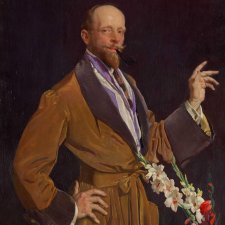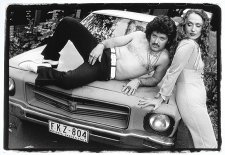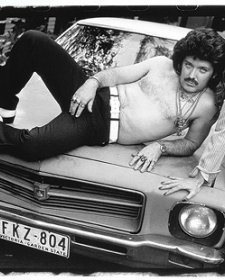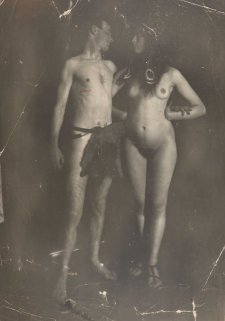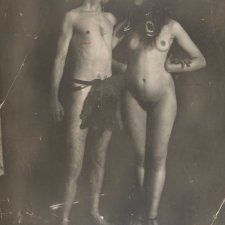Agnes Goodsir was one of a number of Australian women artists to revel in the freedom and creative foment of Paris in the Belle Époque period, characterising it as ‘that wonderful atmosphere of art that makes one thrill all over’.
At the turn of the twentieth century, Paris was at the height of its golden age, a period known as La Belle Époque. The city was the intoxicating vortex of artistic life for the western world, a metropolis embracing informality, innovation, and action. It was to this hive of creative activity that so many Australian artists were drawn. And for women artists in particular, it meant an opportunity to shirk the strictures and structures of ‘conventional’ society, taking advantage of independence realised. Broadening their horizons and artistic ambitions, they travelled with sisters, with mothers, with fellow women artists. 36 year-old Agnes Goodsir arrived in 1900; 1904 saw the arrival of Margaret Preston and Bessie Davidson, aged 30 and 25 respectively; and 26 year-old Hilda Rix Nicholas arrived around 1910. While some spent only short periods, and others remained until the end of their days, all found reason to consider their liberating time in Paris both fruitful and formative.
